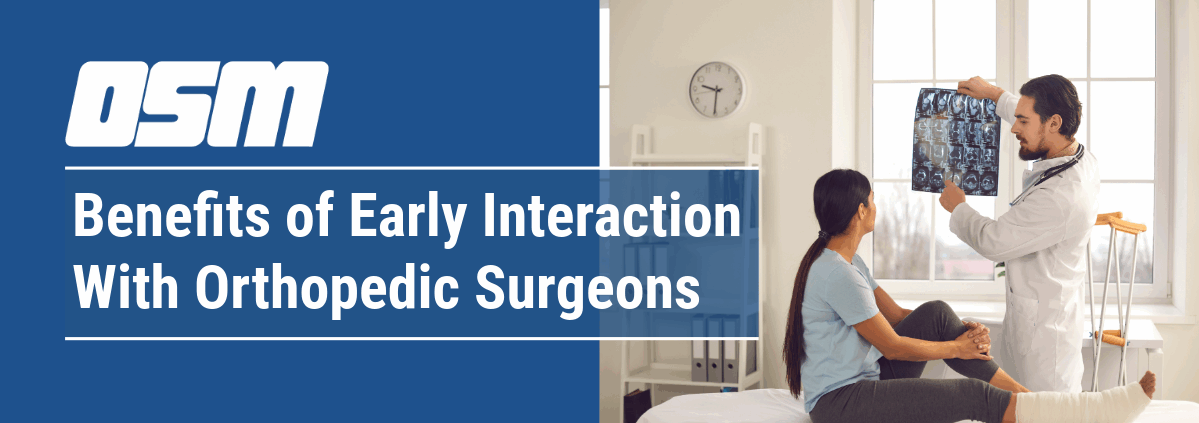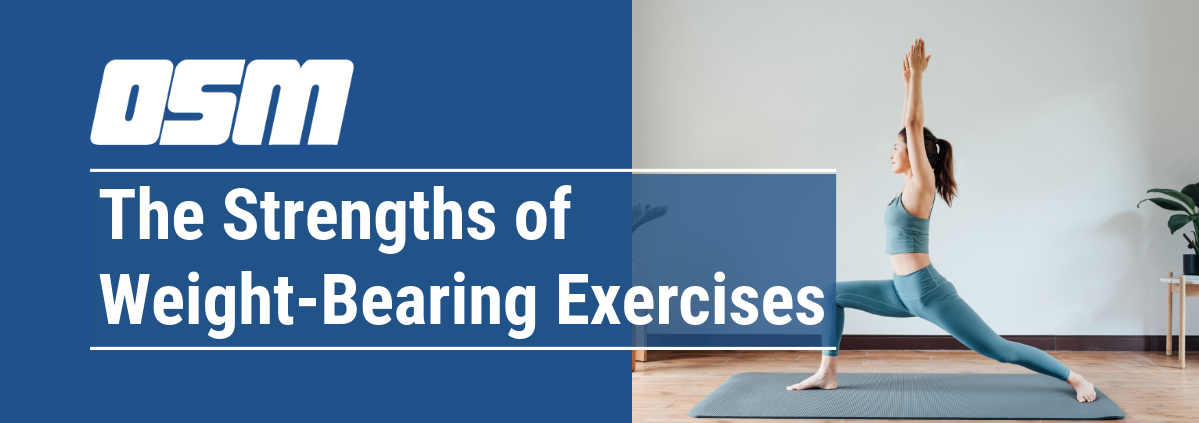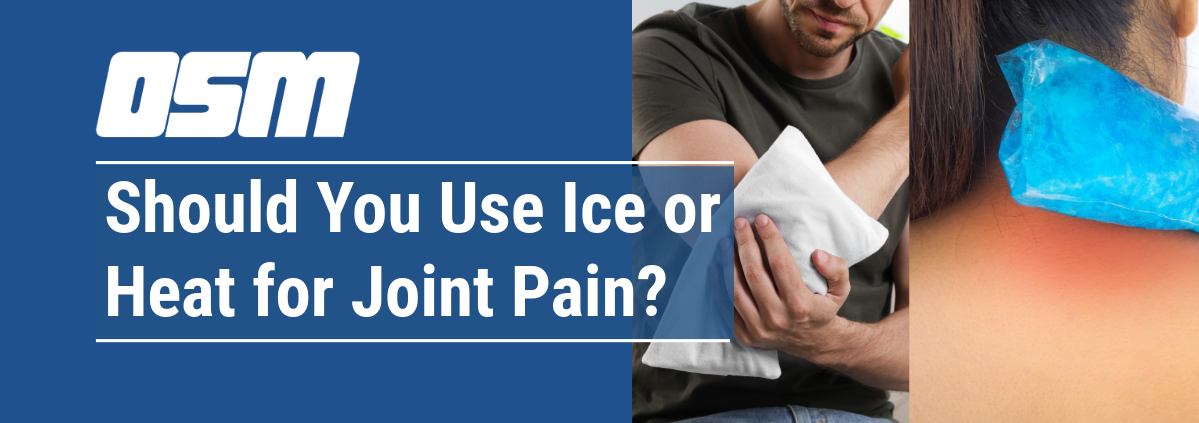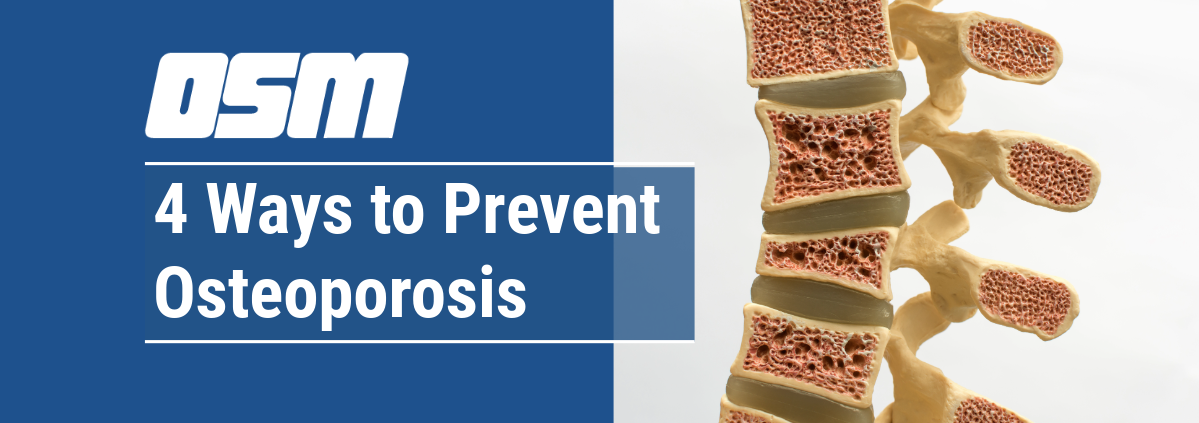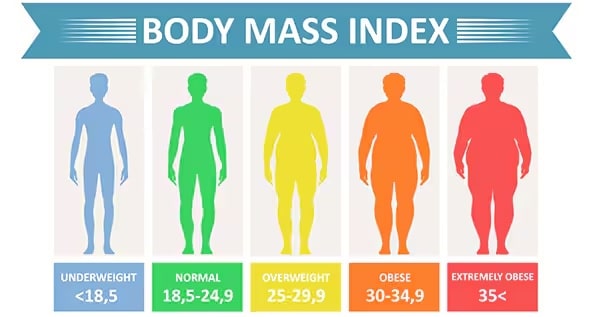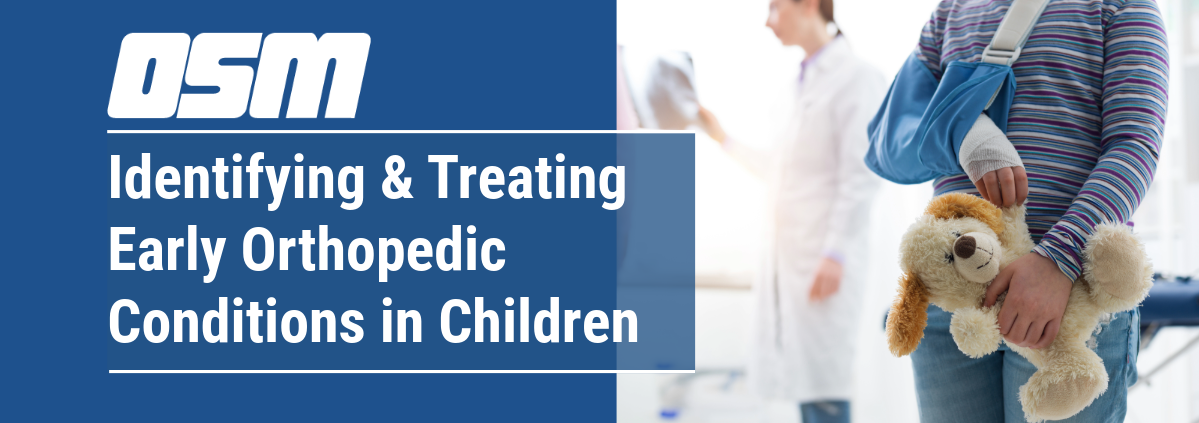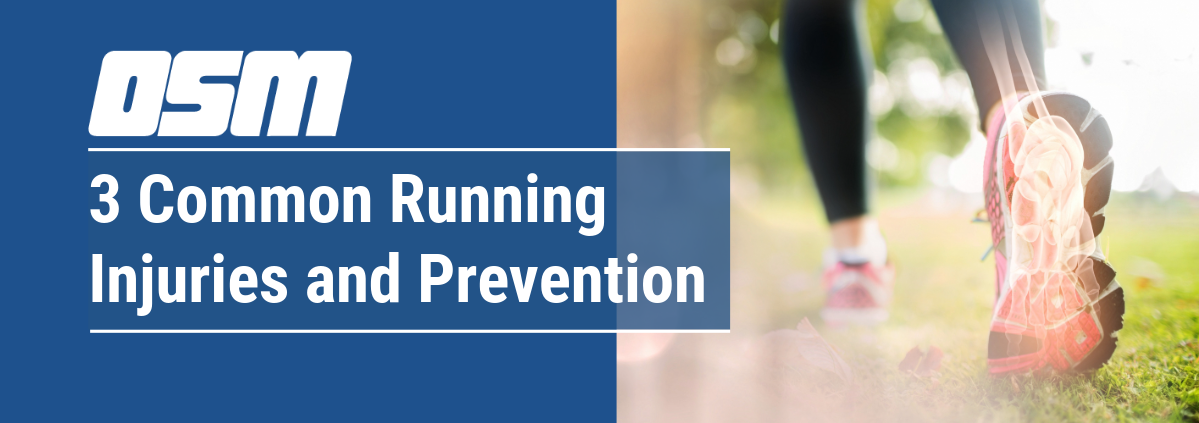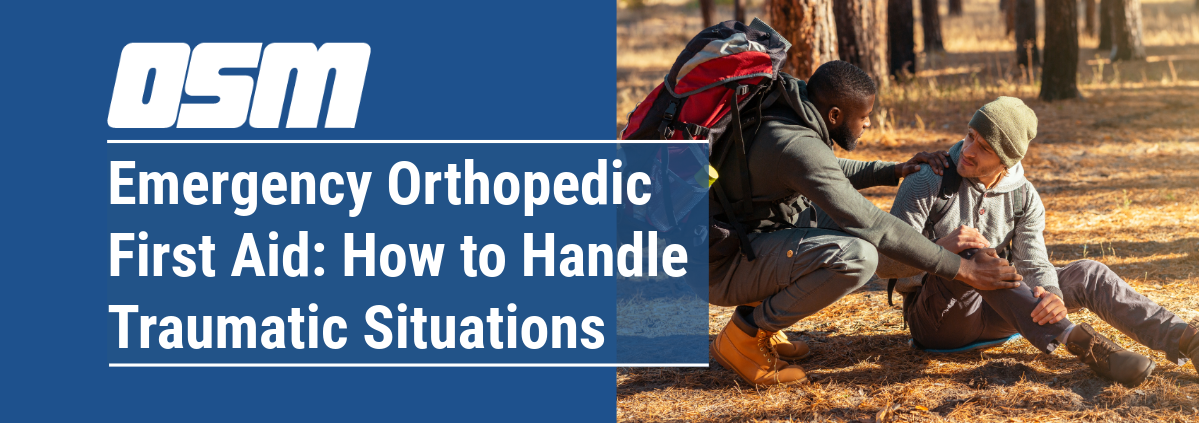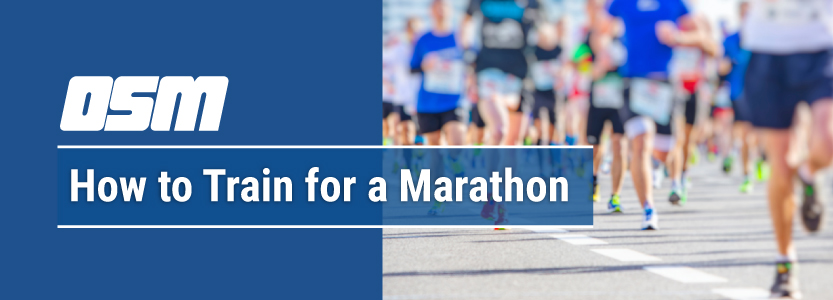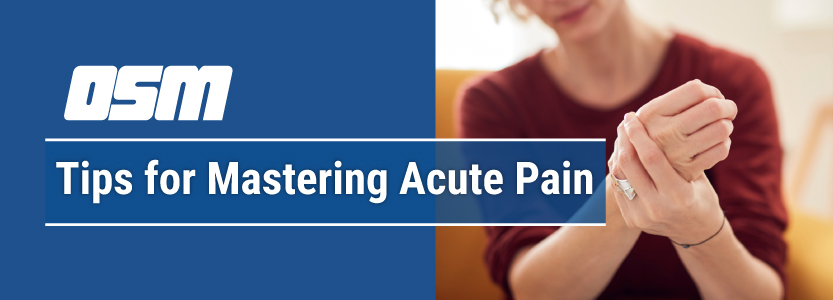Benefits of Early Interaction With Orthopedic Surgeons
Article featured on Orthopedic Associates of West Jersey
Early intervention can make all the difference in orthopedic health. It is advisable whether you are an active adult, an athlete pushing your limits, or a senior wanting to maintain mobility. If you have an orthopedic issue or injury, early treatment leads to better outcomes.
Let us explore the benefits of early intervention at an orthopedic clinic and how it can be advantageous regardless of age or occupation.
What Does Early Intervention Mean
Early intervention in orthopedics focuses on treating musculoskeletal problems before they become more serious. By addressing issues early, patients can stop minor aches from turning into chronic pain or needing major treatment later.
A key benefit of early care is pain relief. Treating problems early helps prevent inflammation and discomfort from worsening. It also reduces the chance of chronic pain and the need for medications or surgery.
Early intervention also helps reduce scar tissue and maintain mobility. Scar tissue buildup contributes to stiffness. By treating injuries early, physical therapy and other treatments can promote better healing and prevent excessive scarring.
This approach also helps keep joints and muscles flexible, preventing long-term stiffness and disability. As a result, patients can maintain their range of motion, improve movement, and recover more quickly, leading to a better quality of life.
The Impact of Early Intervention on Different Age Groups
Early intervention in orthopedic care offers important benefits for people of all ages. Let us go deeper into how it can help individuals of different ages and occupations:
Younger Adults
For younger adults, the main benefit of early intervention is preventing minor aches and pains from escalating into more serious issues. Early care helps maintain a healthy, active lifestyle and prevents disruptions to work and daily activities. Here are the key benefits:
- Prevents long-term health issues: Early treatment stops minor pain from becoming chronic.
- Keeps daily life on track: By addressing problems early, younger adults can stay active without disruptions in work or personal life.
- Reduces downtime: Treating issues early helps avoid more severe conditions that may interfere with productivity and daily routines.
Athletes
Athletes, both professional and recreational, are prone to sports injuries. Early intervention plays a crucial role in faster recovery and better performance. The benefits include:
- Faster recovery: Early intervention helps athletes recover quicker from injuries like sprains, strains, and fractures.
- Improves performance: Ongoing rehab and care boost athletic performance and reduce the risk of future injuries.
- Quicker return to sport: Prompt treatment speeds up the recovery process, getting athletes back to their activities faster.
Seniors
With age, maintaining mobility becomes a highly important concern. Early intervention is especially important for seniors to help preserve their independence and maintain a good quality of life. Here is how it can help:
- Maintains independence: Early intervention helps seniors preserve mobility and prevent joint problems from worsening.
- Reduces pain: Proactive treatment alleviates discomfort, allowing seniors to stay active longer.
- Improves quality of life: Regular check-ups and early care keep seniors mobile and independent, promoting a healthier lifestyle.
Injured Workers
For workers who experience injuries on the job, early orthopedic care is crucial for getting them back to work quickly and avoiding long-term complications. The benefits are significant for both the worker and the employer:
- Speeds up recovery: Early orthopedic care helps workers return to their jobs more quickly.
- Reduces long-term disability: Treating injuries early helps avoid chronic pain and permanent disability.
- Streamlines workers’ compensation: Early intervention makes the claims process smoother for both the worker and the employer, saving time and costs.
Services Offered at an Orthopedic Clinic
Orthopedic clinics offer a range of services designed for early intervention and comprehensive care. These services include:
- Diagnostic Tools: Advanced imaging technologies like X-rays and MRIs to accurately diagnose conditions.
- Physical Therapy: Exercise programs customized to the patient help improve strength, flexibility, and mobility.
- Viscosupplementation: Injections that provide lubrication to the knee. It helps reduce pain and improve movement, especially in conditions like osteoarthritis.
- Cortisone Injections: Steroid injections to reduce inflammation and relieve pain in joints and soft tissues.
- Surgical Options: Minimally invasive procedures, such as arthroscopy and joint replacement surgery, to address advanced orthopedic conditions.
These services are tailored to meet each patient’s unique needs, ensuring effective and efficient care.
How to Know You Need Orthopedic Intervention
Sometimes, the issue is not knowing when to seek early intervention. Here are some signs and symptoms that may indicate it is time to visit an orthopedic clinic:
- Pain that does not go away
- Swelling, redness, or warmth around a joint
- Difficulty completing everyday tasks due to joint pain or stiffness
- Previous injuries that have not fully healed or continue to cause discomfort
- If you are a senior with osteoporosis
A check-up at an orthopedic clinic gives you peace of mind. Together, your orthopedic doctor works with you to better your musculoskeletal health. By doing so, you can enjoy a better quality of life and continue doing the activities you love.
If you are experiencing any signs of pain or injury, visit an orthopedic clinic near you. It is the first step toward optimal musculoskeletal health.
The Orthopedic & Sports Medicine Center of Oregon is an award-winning, board-certified orthopedic group located in downtown Portland Oregon. We utilize both surgical and nonsurgical means to treat musculoskeletal trauma, spine diseases, foot and ankle conditions, sports injuries, degenerative diseases, infections, tumors and congenital disorders.
Our mission is to return our patients back to pain-free mobility and full strength as quickly and painlessly as possible using both surgical and non-surgical orthopedic procedures.
Our expert physicians provide leading-edge, comprehensive care in the diagnosis and treatment of orthopedic conditions, including total joint replacement and sports medicine. We apply the latest state-of-the-art techniques in order to return our patients to their active lifestyle.
If you’re looking for compassionate, expert orthopedic and podiatric surgeons in Portland Oregon, contact OSM today.
Phone:
503-224-8399
Address
1515 NW 18th Ave, 3rd Floor
Portland, OR 97209
Hours
Monday–Friday
8:00am – 4:30pm

